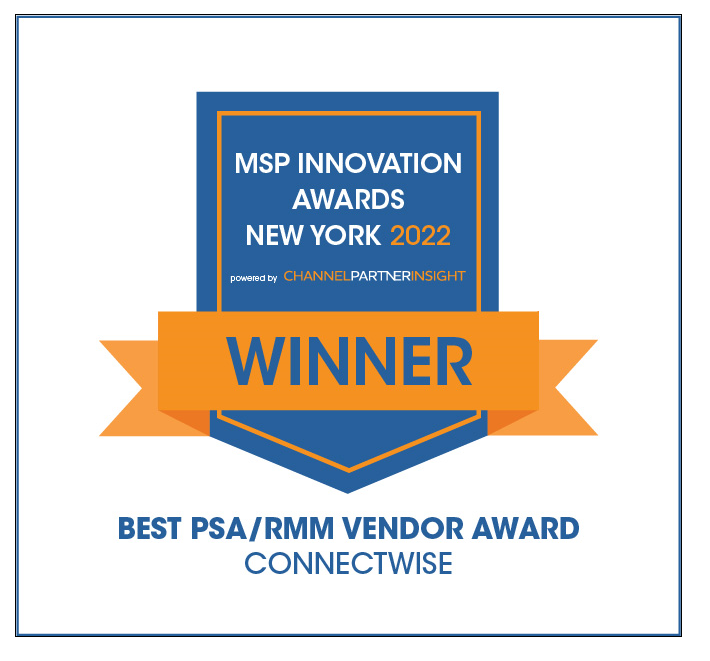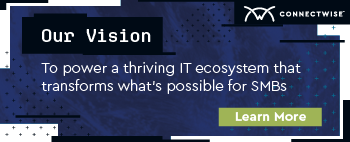2019 sales tax changes and what they mean to your business
‘Tax season.’ Those two words most people shy away from (unless you’re used to getting a hefty check around April). 2018 was a big year for taxes, and 2019 is when we’ll see the effects of recent changes. Most business owners are aware of general tax rules, but when those rules are changing, they may be unaware of the impact they can have on their business—including a negative outcome to a sales and use tax audit. With the recent tax updates that have taken place, it’s more important than ever that IT service providers be aware of these new laws and how to handle them when selling their services.
In this blog, we’ll dive into which tax rules you should be aware of, how they can affect your business, and the best solutions for handling taxes—so you can pass a sales and use tax audit error free. Because when you’re prepared with the proper tools and information, taxes aren’t as scary as you think.
What’s changed in 2019?
Last year, the Supreme Court of the United States overruled the physical presence rule that for decades kept states from taxing remote sales, and 2019 will see the effects. This new ruling is called economic nexus and allows states to require a remote seller with economic and virtual contacts in that state to collect and remit sales tax, even if it has no physical presence in that state. South Dakota was the first state to take action, and can now tax sales by out-of-state sellers. Toward the end of 2018, over 20 states adopted this policy, and more are expected to as we move further into 2019.
So, let’s dive deeper into economic nexus, what it is, and how it affects the tax collection process.
Economic nexus—the new tax law
Economic nexus is a tax collection obligation imposed on sellers based on their level of economic activity within a state, and that criteria varies by state. This law has officially put an end to the physical presence rule and doesn’t prevent states from pursuing remote sales tax revenue via different routes. That means states can pursue a variety of remote seller sales tax laws in 2019, including affiliate nexus, click-through nexus, or cookie or software nexus.
Plus, more states will likely require marketplace facilitators to collect and remit sales tax on behalf of their third-party sellers. We will soon find out what this means for businesses that sell through multiple channels in 2019.
South Dakota vs. Wayfair case
You may be wondering what triggered the economic nexus law. This ruling was brought forth in a court case called ‘South Dakota v. Wayfair, Inc.’ In this case, South Dakota asked the U.S. Supreme Court to overturn its long-standing physical presence rule for determining when a state can make remote sellers collect sales tax. On June 21, 2018, the court ruled in favor of South Dakota, granting the state authority to impose sales tax obligations on out-of-state transactions.
This law applies to any remote seller (Wayfair Inc. being an example) that isn’t currently registered with the state they’re doing business in and meets the threshold requirements of more than $100,000 in revenue from taxable sales, or 200 or more separate transactions for goods, electronically delivered products, or services. As a result, remote sellers should keep a close eye on all states in which they do business, and closely monitor their transaction history and nexus laws in place.
How will this affect the way I run my business?
Specific states are becoming more aggressive with the assertion of nexus and the taxation of service companies, including software and other IT service provider companies. Among the affected is a substantial part of the ConnectWise partner base, including managed service providers (MSPs) and value-added resellers (VARs).
More specifically, this change in law will have a direct effect on the installation of remote support and the selling of Software-as-a-Service (SaaS), and will dictate the taxation rules in certain states. Without the physical presence rule in place, it becomes unclear exactly how to detect the delivery for remote sellers. MSPs and VARs need to understand these rules in order to continue selling Software-as-a-Service in specific territories. Installing remote support devices, such as a ConnectWise Automate® license, will also see the effects of this law.
AvaTax integration with ConnectWise Manage and ConnectWise Sell
Now that you’re informed on the recent updates to sales tax and why these changes happened, we’d like to discuss how you can prepare yourself when dealing with sales and use tax—including an audit.
Like we stated earlier, with the right tools and information, being prepared is easy! You’ve already digested the information, so now it’s time to implement the tools. Avalara AvaTax, ConnectWise Manage®, and ConnectWise Sell® integrate seamlessly and work together to take the complications out of the tax compliance process. AvaTax for ConnectWise provides real-time sales tax calculations to ensure your taxes are always accurate for tickets, projects, sales orders, and invoices in ConnectWise Manage. With AvaTax, you will no longer have to update tax tables, because rooftop-level accuracy and product taxability rules are just a click away.
Additionally, you can update state calculations (such as the 2019 tax changes) immediately and automatically in ConnectWise Manage and ConnectWise Sell. AvaTax can manage your tax regulations for you, which helps reduce risk, time, and audit exposures. See how you can eliminate the taxing (no pun intended) aspects of this process and explore the features of the ConnectWise Sell and AvaTax integration here.
Leveraging these powerful tools and staying informed of shifting tax laws and how they can affect you will lessen your chance of being audited in the future. Start simplifying your sales tax process today with AvaTax and ConnectWise.


